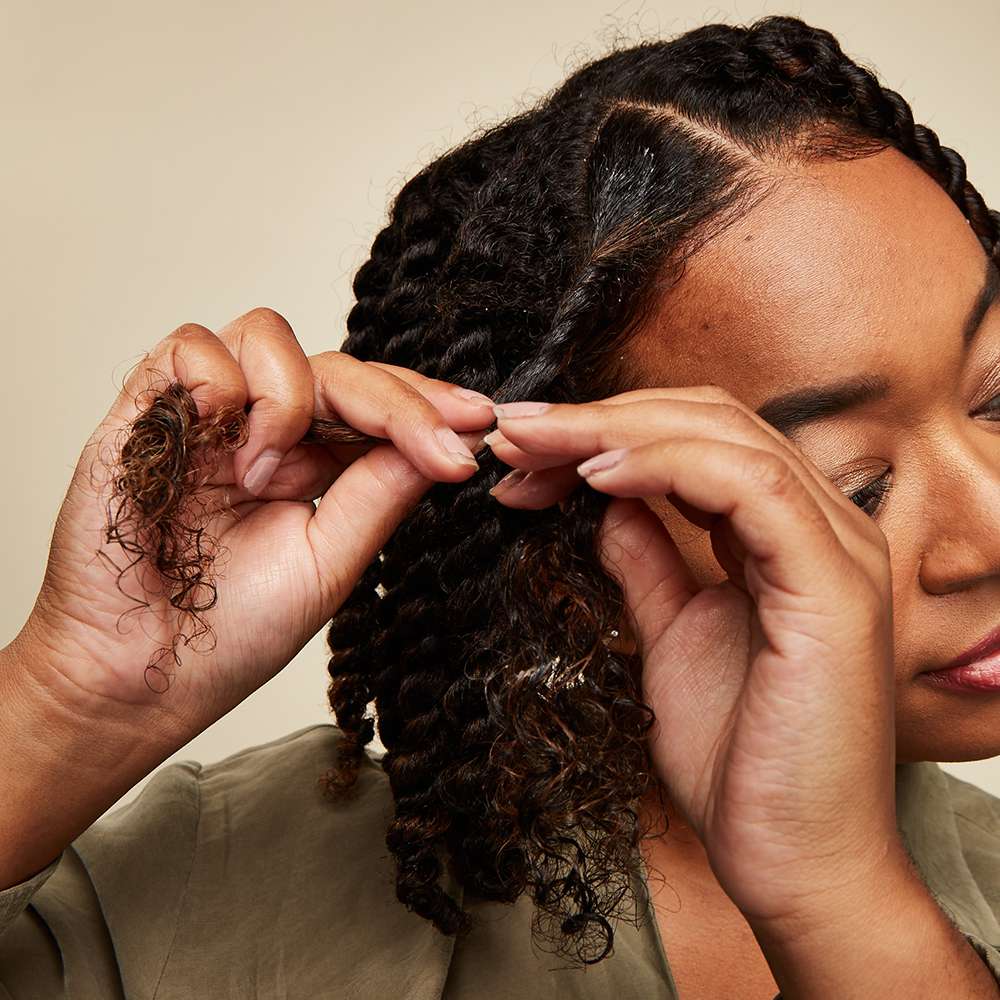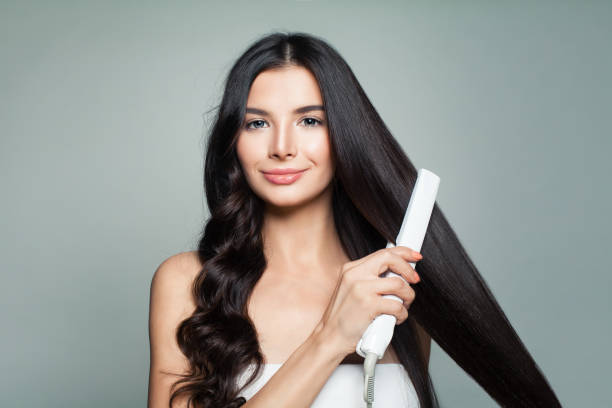Are you tired of the same old hairstyle but don’t know how to switch it up? Twisted hair can be a great option to change up your look. Twisting your hair can create soft, bouncy waves or edgy textured locks. However, if you’re new to the twisting game, it can be a bit intimidating. With the right tools and techniques, you can create beautiful twisted hairstyles with ease. Read on as we share with you all the steps of how to twist hair.
What You’ll Need
Before diving into the actual process of twisting hair, let’s talk about what you’ll need. Here are the essential tools and products you’ll need to create beautiful twisted hairstyles:
- Wide-tooth comb
- Sectioning clips
- Moisturizing hair cream or oil
- Styling gel or mousse
- Bobby pins
- Hair ties
How to Prepare Your Hair for Twisting
- Cleanse your hair with shampoo and conditioner.
- Detangle your hair using a wide-tooth comb.
- Apply a moisturizing cream or oil to your hair to keep it hydrated and prevent breakage.
- Section your hair using sectioning clips to make the process easier.
How to Twist Hair for beginners
Two-Strand Twist
- Divide your hair into small sections. Remember, smaller sections result in tighter twists, while larger ones give you looser twists.
- Take one section and split it into two equal parts.
- Start twisting the two sections around each other, like a cozy little braid. Keep that twisting motion going all the way to the ends of your hair.
- Once you’ve twisted the entire section, secure the end with a tiny hair elastic or a trusty bobby pin.
- Repeat these steps for all your hair sections, twisting them in the same direction.
- To set your twists, you can let them air dry, use a hooded dryer, or gently use a diffuser attachment on your blow dryer.
- Once your twists are dry, you can either leave them for a twisted hairstyle or unravel them for some stunning curls or waves.
Three- strand twist
- Part your hair into smaller sections based on how many twists you want to create. The number of sections will determine the final look.
- Take one of the smaller sections of hair and further divide it into three equal strands. Hold the strands in your hand.
- Start twisting the three strands around each other in one direction. For example, twist them to the right (clockwise).
- As you twist, cross the outer strand over the middle strand, then the new outer strand over the middle, and continue this pattern.
- Keep a gentle but consistent tension on the strands as you twist. This helps create a tight and even three-strand twist.
- When you reach the end of the section, secure it with a small hair elastic or a hairpin. Make sure it’s secure to prevent the twist from unraveling.
- Continue the process for the remaining sections of your hair, twisting each one individually.
- To set the twists, you can air dry them, use a hooded dryer, or gently use a diffuser attachment on your blow dryer with low heat.
- Once your three-strand twists are dry, you can leave them in for a unique twisted hairstyle or unravel them for beautifully defined curls with a rope-like appearance.
Tips for Maintaining Twisted Hair
Maintaining twisted hair is essential to keep your hairstyle looking fresh and neat. Here are some tips to help you maintain your twisted hair:
Moisturize regularly. Twisted hair can be prone to dryness, so it is important to moisturize it regularly. Use a leave-in conditioner, moisturizer, or oil to help keep your twists hydrated.
Seal in moisture. After moisturizing your twists, seal in the moisture with a light oil, such as jojoba oil or coconut oil. This will help to prevent your twists from drying out.
Gently detangle your twists. When you detangle your twists, be sure to do so gently to avoid breakage. Use a wide-tooth comb or your fingers to detangle your twists.
Protect your twists at night. When you go to bed, protect your twists with a silk or satin scarf or bonnet. This will help to prevent your twists from frizzing and breaking.
Restyle your twists regularly. After about a week, you may want to restyle your twists to prevent them from locking up. To restyle your twists, simply take them down and twist your hair again.
FAQs
- How long does it take to twist hair? The time it takes to twist hair varies depending on the length and thickness of your hair. However, on average, it can take anywhere from 30 minutes to 2 hours.
- Can I twist my hair if it’s already styled? Yes, you can twist your hair even if it’s already styled.
- Can I use any kind of styling product for twisting hair? It’s best to use products specifically designed for twisting hair, such as styling gel or mousse. These products will help hold the twist in place and prevent frizz.
- How long do twisted hairstyles last? Twisted hairstyles can last anywhere from 3 days to 2 weeks depending on how well you maintain them.
- Can I wear my twisted hair in different styles? Absolutely! Twisted hair can be worn in a variety of styles, including updos, side ponytails, and half up/half down styles.
Final Takeaway
Twisting your hair can be a fun and easy way to switch up your hairstyle. With the right tools and techniques, you can create beautiful twisted hairstyles in no time. Remember to prepare your hair properly, use the right products, and maintain your style to keep it looking fresh. Whether you’re going for soft waves or edgy texture, twisted hair can add a touch of versatility and personality to your look. So go ahead and give it a try – you might just fall in love with your new twisted hairstyle!




